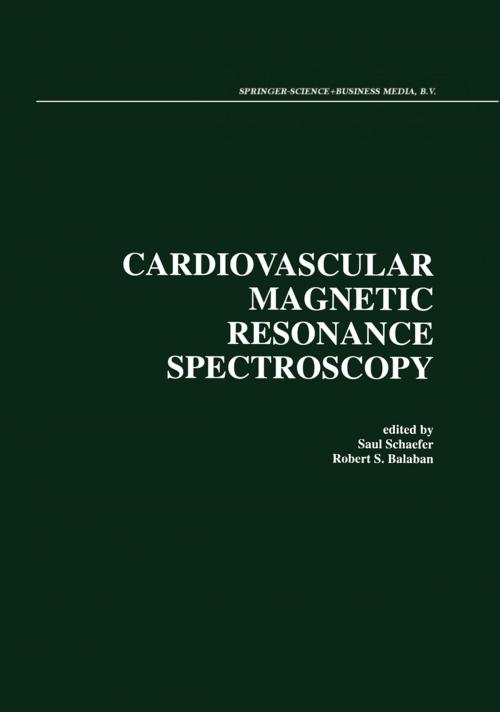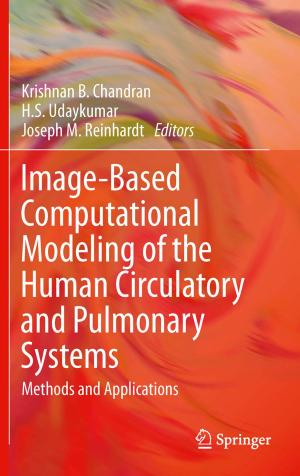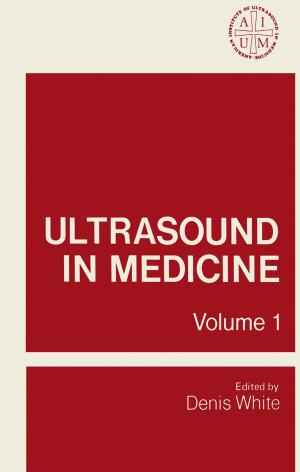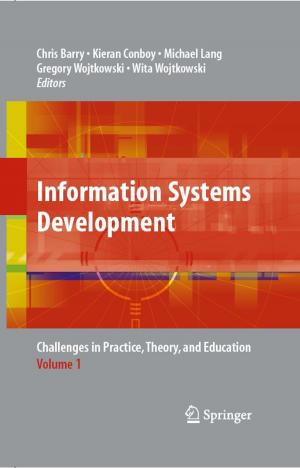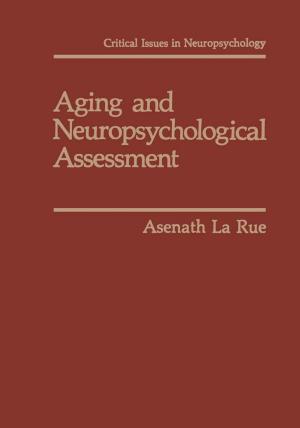Cardiovascular Magnetic Resonance Spectroscopy
Nonfiction, Science & Nature, Science, Physics, Spectrum Analysis, Health & Well Being, Medical, Specialties, Radiology & Nuclear Medicine| Author: | ISBN: | 9781461534907 | |
| Publisher: | Springer US | Publication: | December 6, 2012 |
| Imprint: | Springer | Language: | English |
| Author: | |
| ISBN: | 9781461534907 |
| Publisher: | Springer US |
| Publication: | December 6, 2012 |
| Imprint: | Springer |
| Language: | English |
The application of magnetic resonance spectroscopy (MRS) to the cardiovascular system is a relatively new phenomenon. Its ability to noninvasively examine myocardial metabolism has led to its use to answer basic questions in animal models of normal and diseased myocardium. Extension of these investigations into the realm of human myocardial metabolism has been made possible by the advent of relatively high-field magnets with spectroscopy capabilities and sufficient bore dimensions to allow human studies. While ongoing and future studies promise to enhance our understanding of myocardial metabolism, their success will, in part, depend on a thorough understanding of the technical and biologic aspects of cardiovascular MRS, as well as the current state of research in the many areas encompassed by this discipline.
It is with concept that the present monograph has been written. The organization and content should lend this book to both the beginning reader who is interested but not conversant in cardiovascular MRS, as well as to the active investigator who wishes to refer to a volume that deals with the many issues of this field in a concise but complete manner. The monograph is structured with a general overview of the field, followed by a section addressing the technical issues of cardiovascular MRS. The next section is devoted to biologic issues of both normal and abnormal myocardial metabolism, primarily devoted to investigations employing phosphorus-31. This is followed by a section dealing with more specialized issues, generally involving other nuclei such as protons, carbon, and sodium. Finally, the clinical applications of cardiovascular MRS are addressed.
The application of magnetic resonance spectroscopy (MRS) to the cardiovascular system is a relatively new phenomenon. Its ability to noninvasively examine myocardial metabolism has led to its use to answer basic questions in animal models of normal and diseased myocardium. Extension of these investigations into the realm of human myocardial metabolism has been made possible by the advent of relatively high-field magnets with spectroscopy capabilities and sufficient bore dimensions to allow human studies. While ongoing and future studies promise to enhance our understanding of myocardial metabolism, their success will, in part, depend on a thorough understanding of the technical and biologic aspects of cardiovascular MRS, as well as the current state of research in the many areas encompassed by this discipline.
It is with concept that the present monograph has been written. The organization and content should lend this book to both the beginning reader who is interested but not conversant in cardiovascular MRS, as well as to the active investigator who wishes to refer to a volume that deals with the many issues of this field in a concise but complete manner. The monograph is structured with a general overview of the field, followed by a section addressing the technical issues of cardiovascular MRS. The next section is devoted to biologic issues of both normal and abnormal myocardial metabolism, primarily devoted to investigations employing phosphorus-31. This is followed by a section dealing with more specialized issues, generally involving other nuclei such as protons, carbon, and sodium. Finally, the clinical applications of cardiovascular MRS are addressed.
